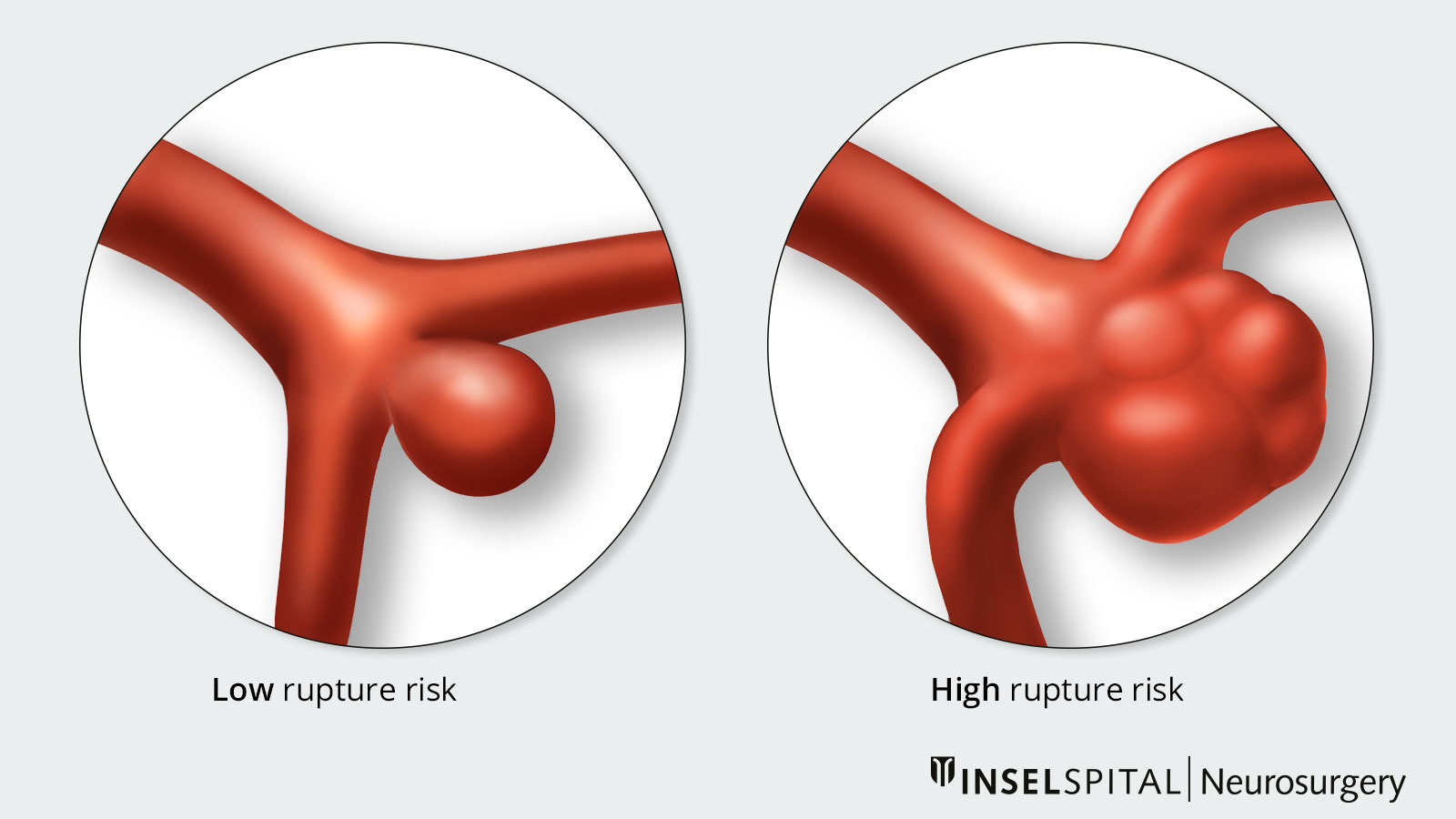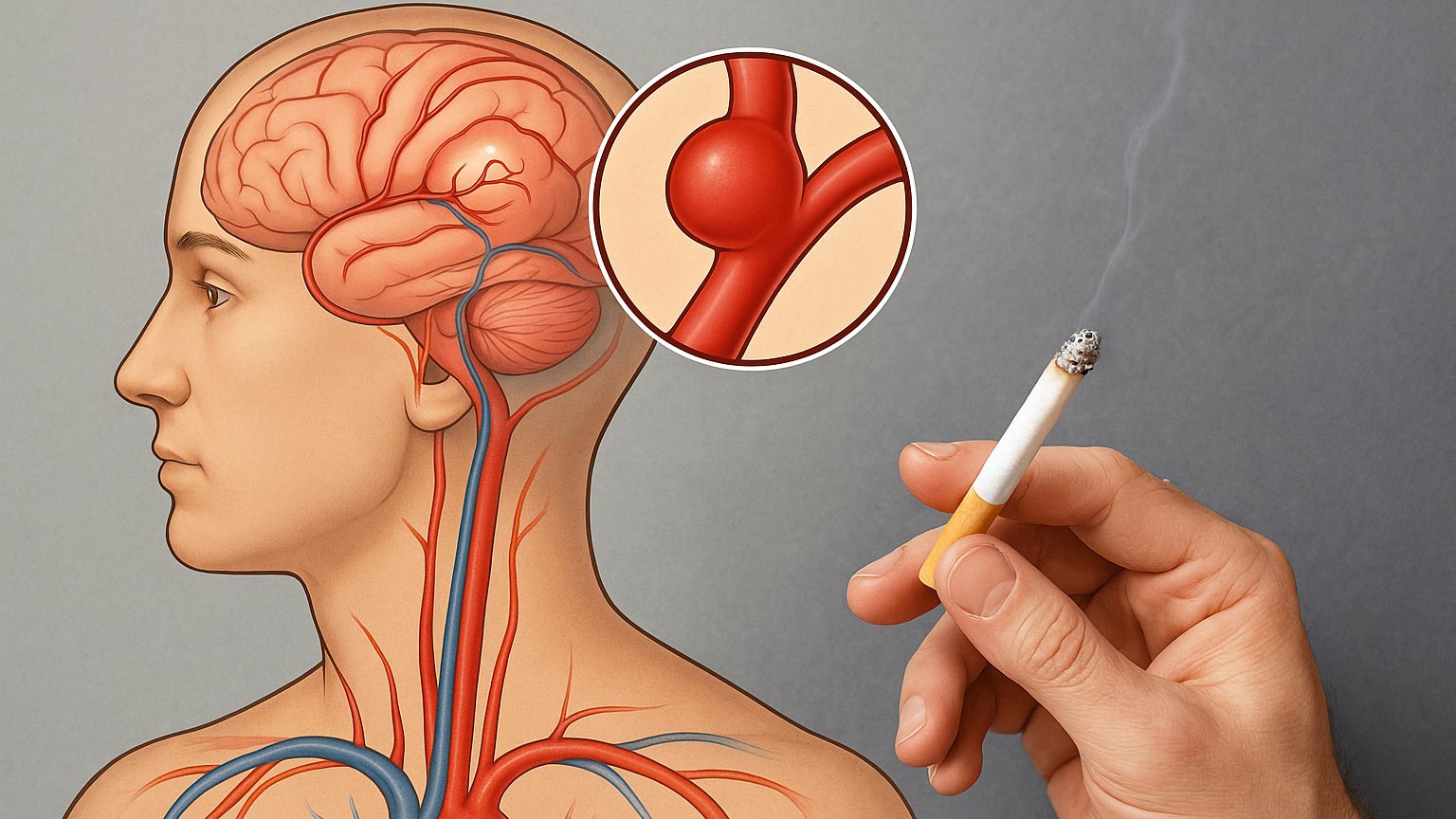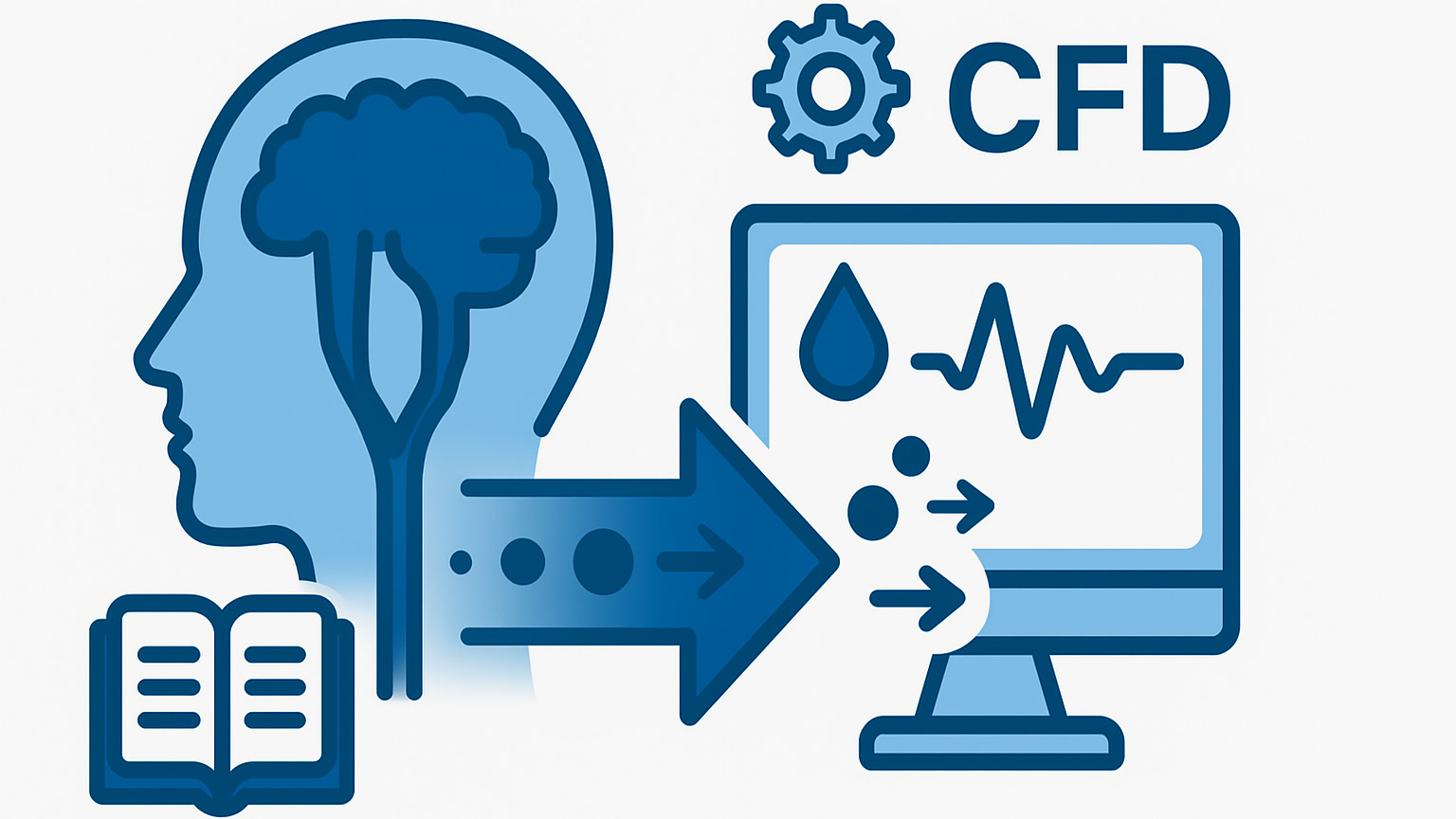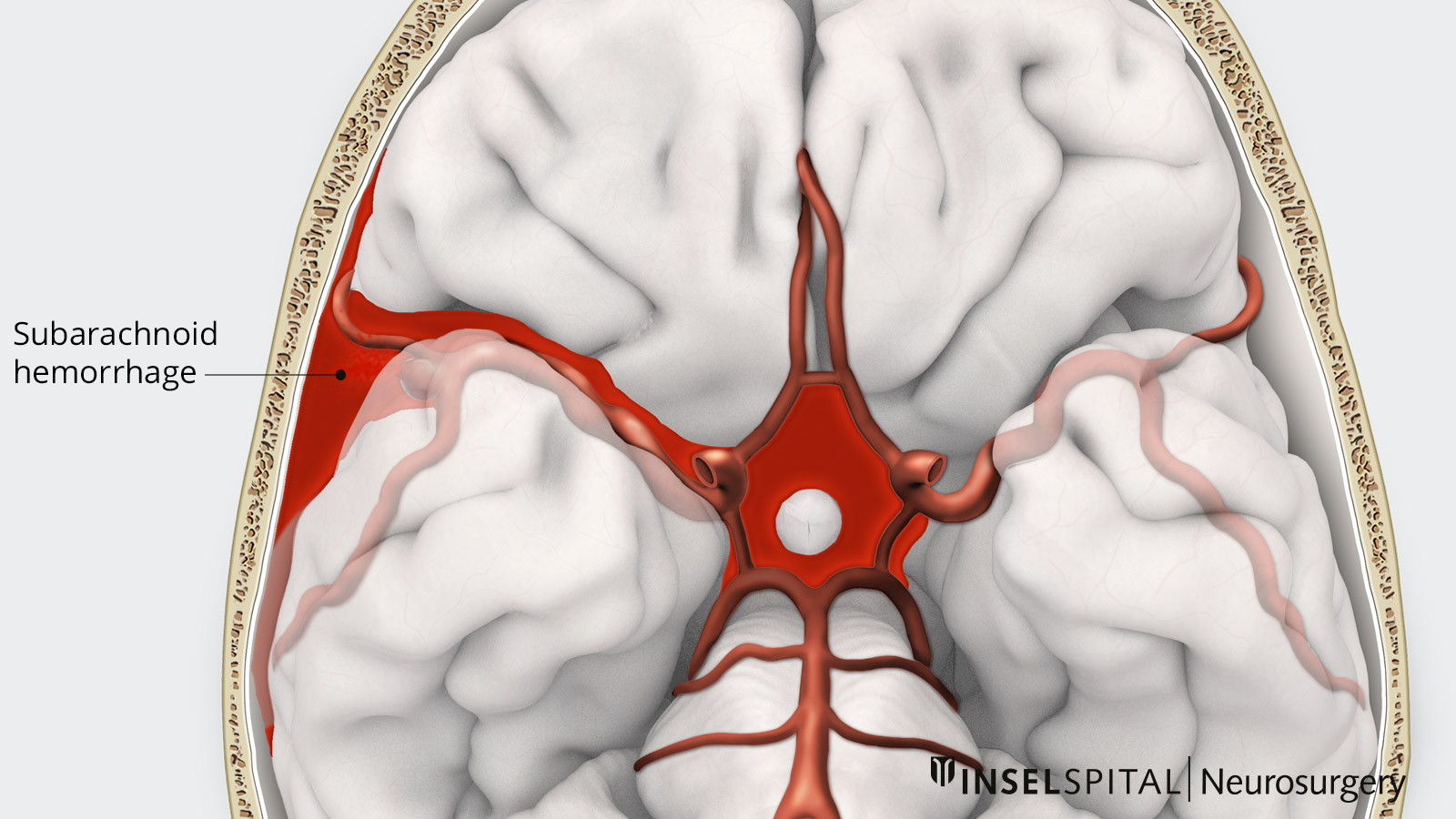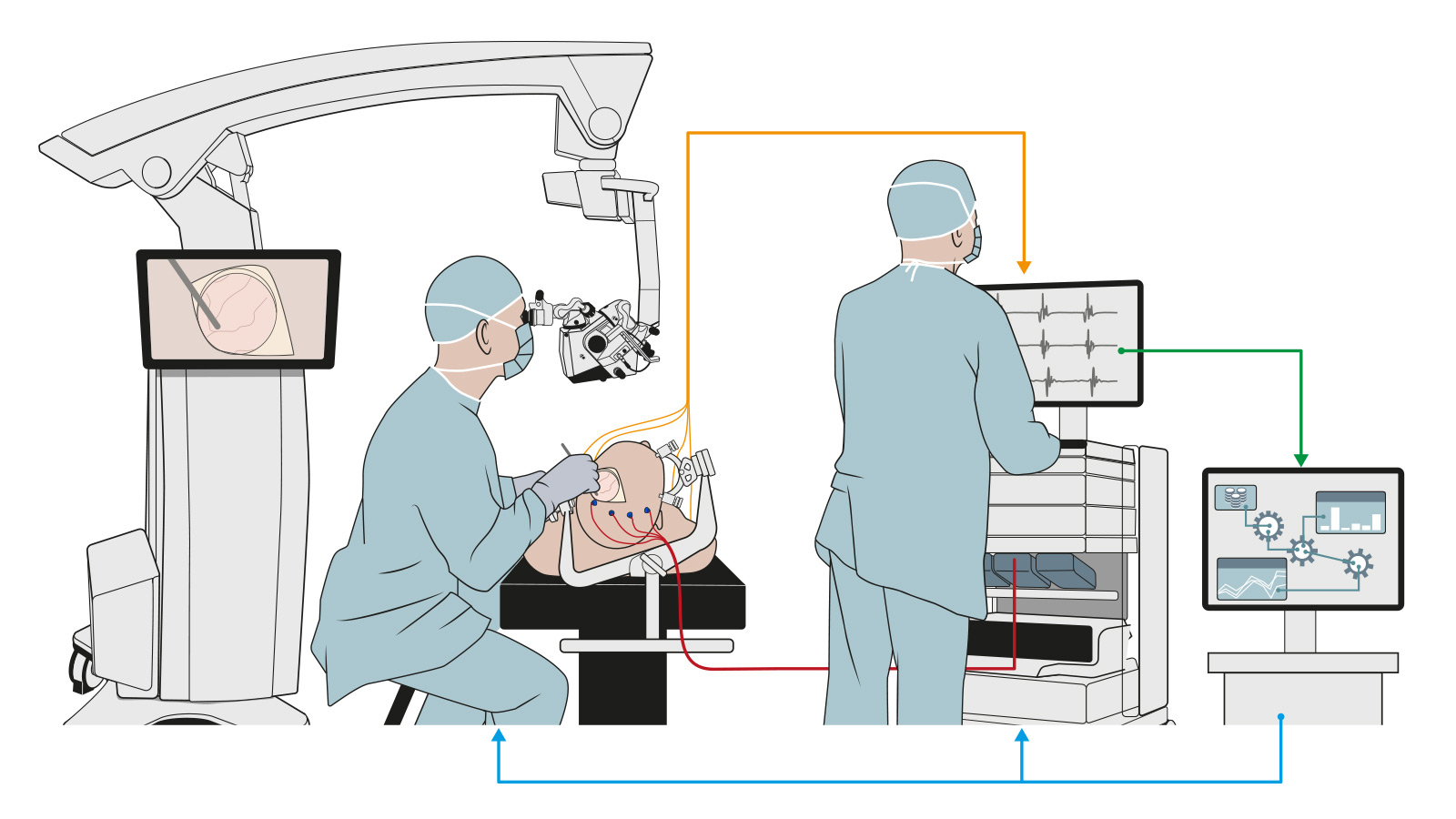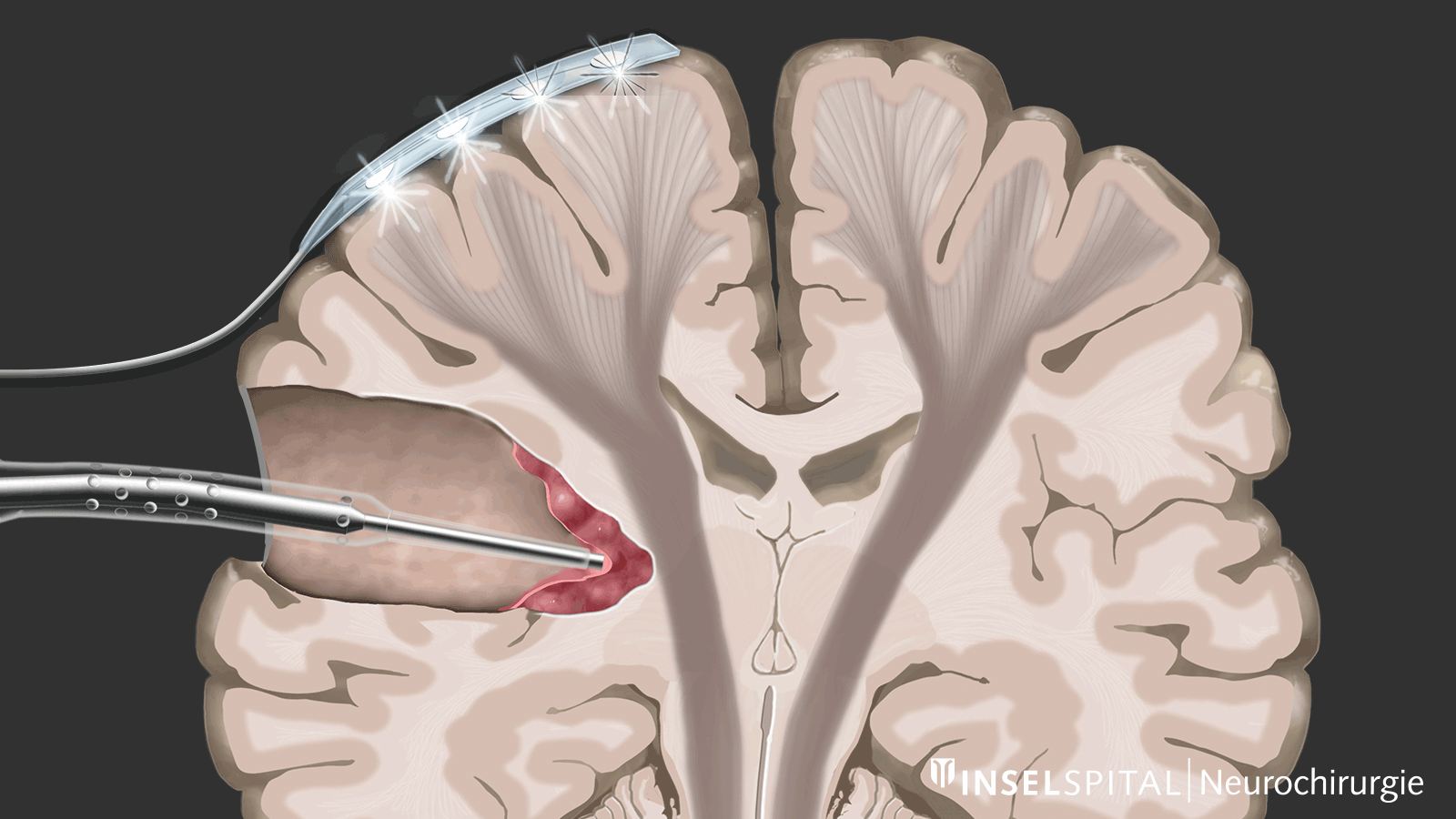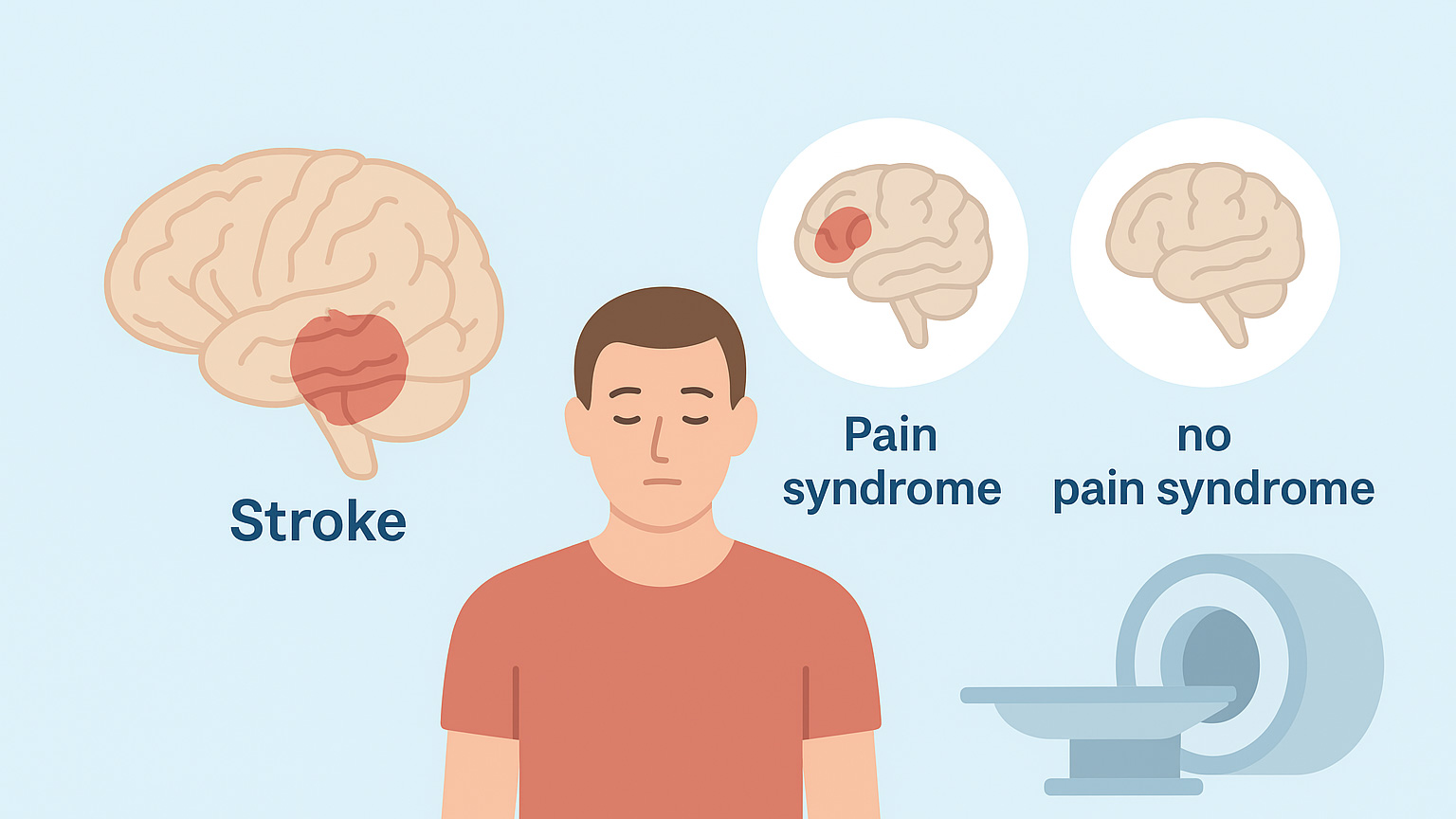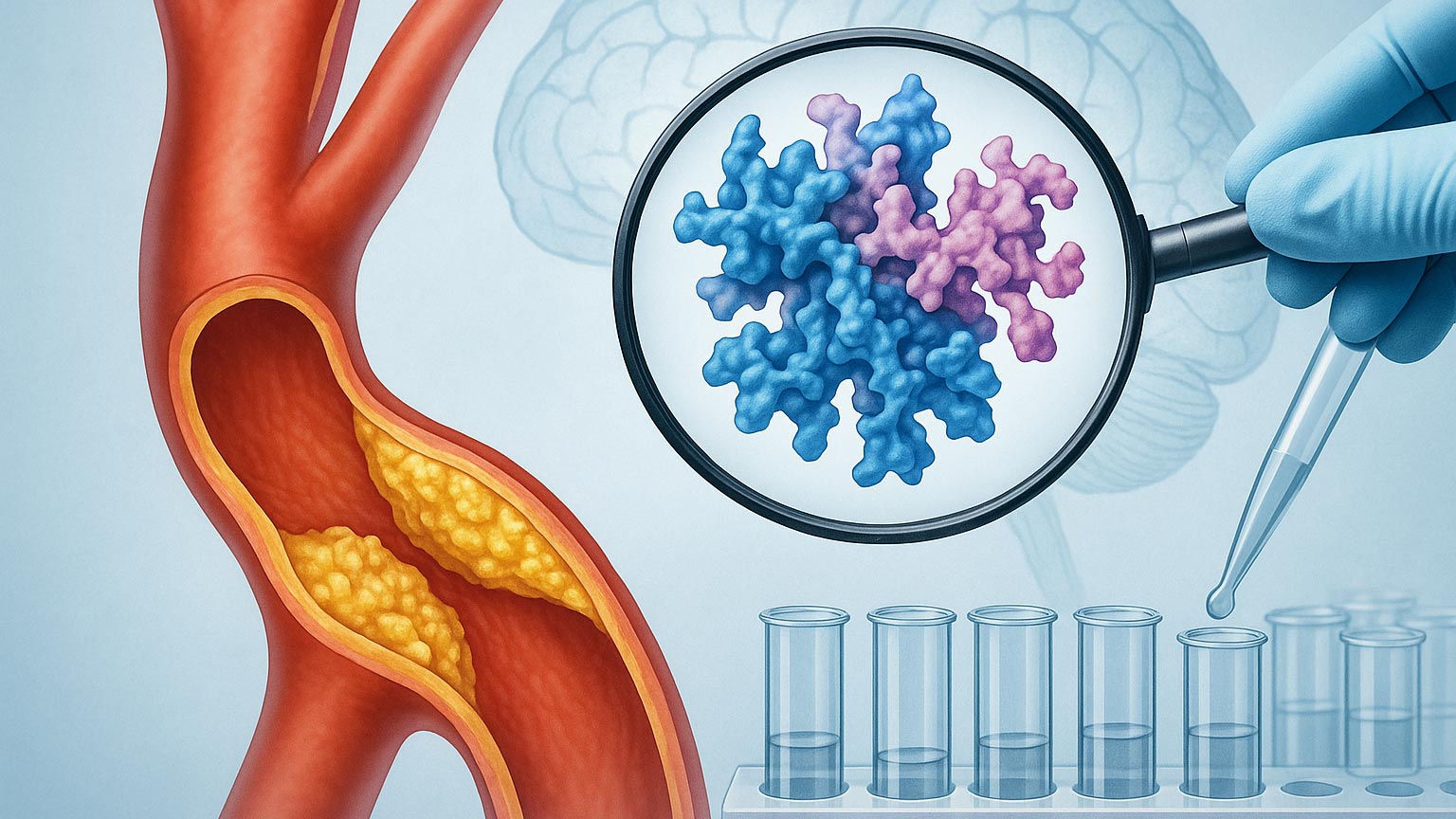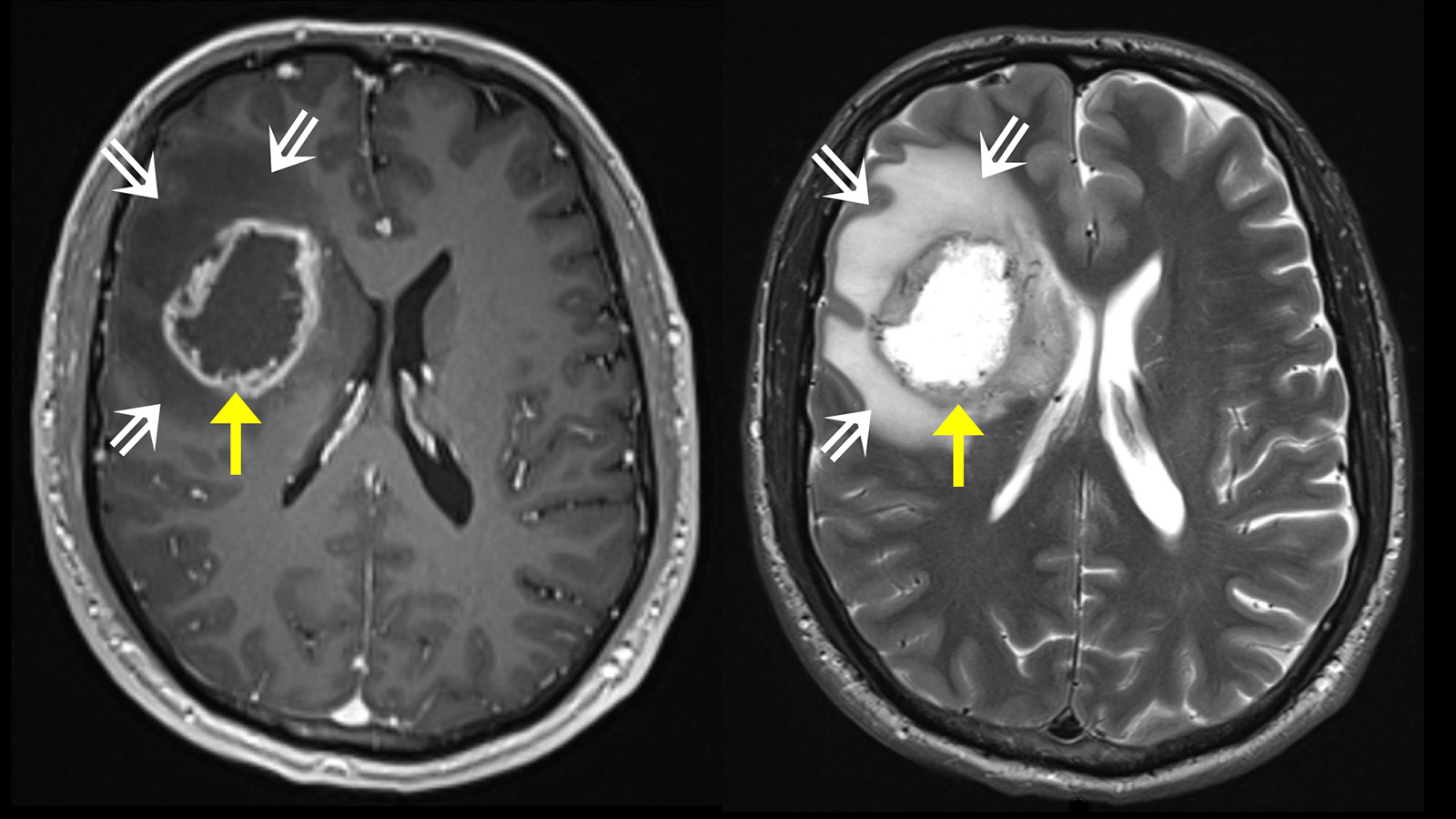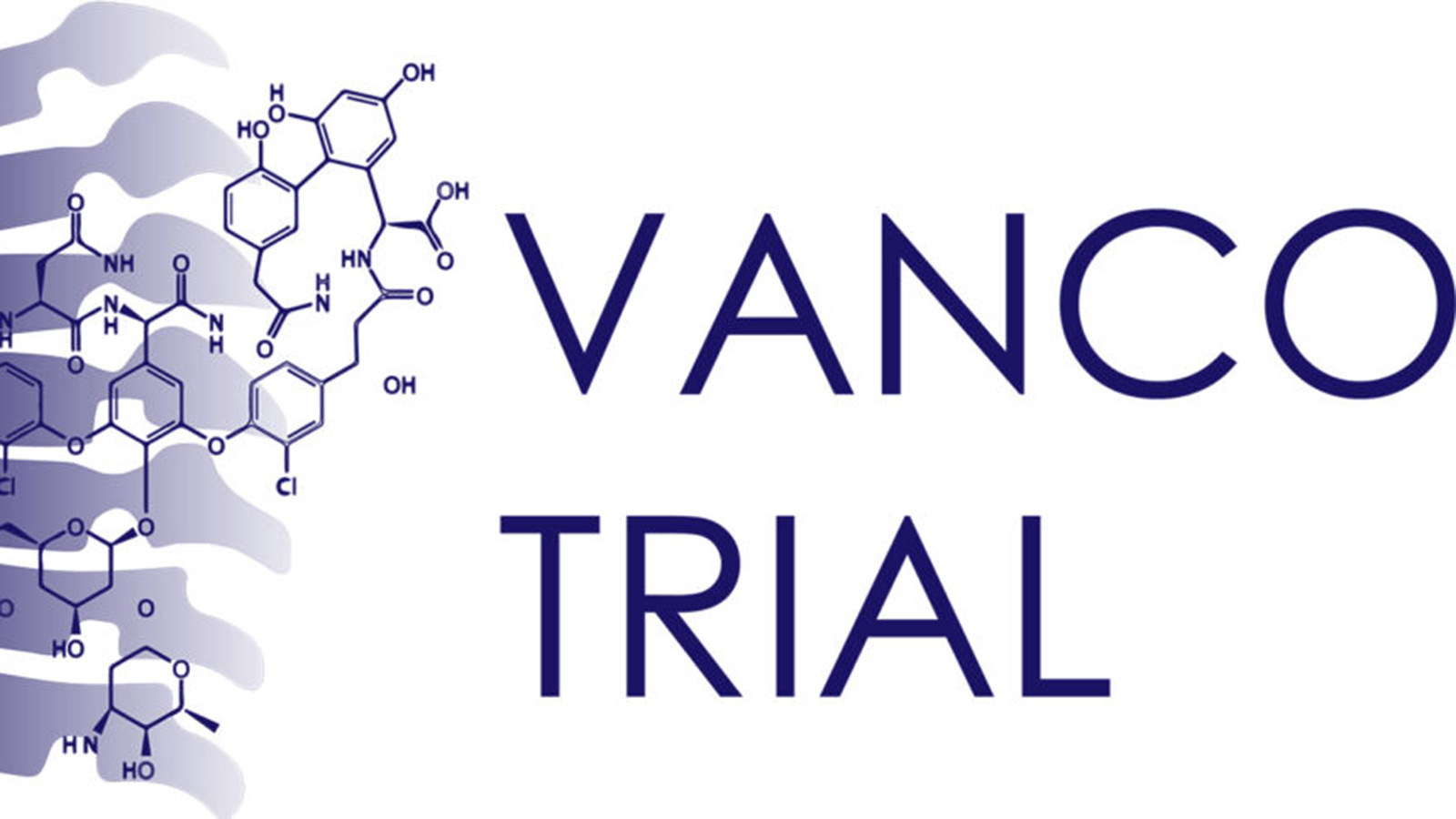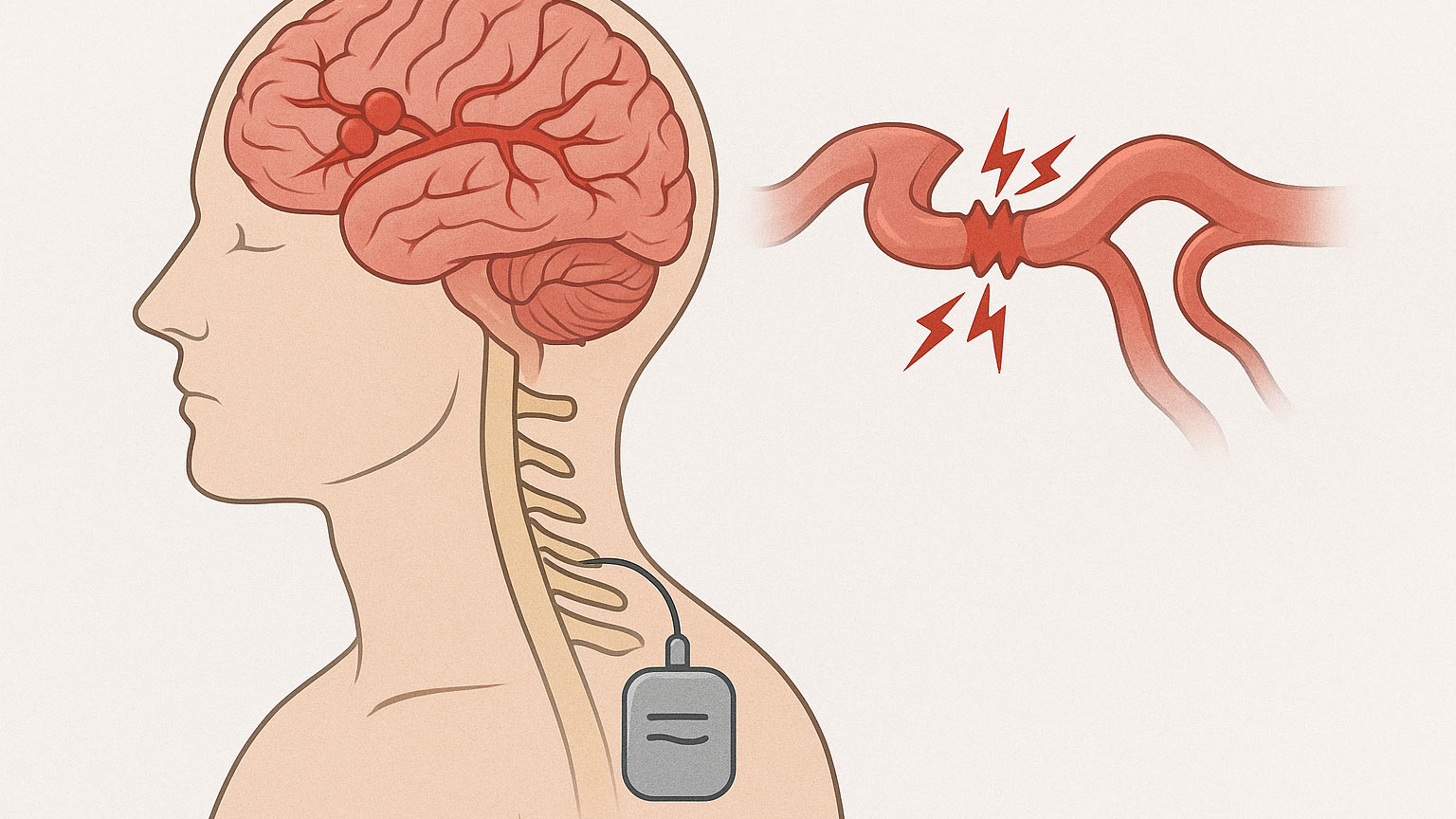- Diseases & Specialities
- Brain Tumor
- Overview brain tumors
- Astrocytoma and oligodendroglioma
- Chondrosarcoma
- Chordoma
- Dermoids & epidermoids
- Ependymoma
- Glioblastoma
- Brain metastases
- Brain Tumor Center
- Pituitary adenoma
- Craniopharyngeoma
- Lymphoma
- Medulloblastoma
- Meningioma
- Pilocytic astrocytoma
- Pineal tumor
- Plexus tumor
- Rathke cleft cyst
- Vestibular schwannoma
- Functional neurosurgery and pain syndromes
- Overview functional neurosurgery & pain
- Dystonia
- Epilepsy
- Glossopharyngeal neuralgia
- Hemifacial spasm
- Parkinson’s disease
- Functional neurological disorders
- Obsessive-compulsive disorder
- Tourette syndrome
- Depression
- Tremor
- Trigeminal neuralgia
- Intraoperative neuromonitoring
- Overview IONM
- Motor mapping & monitoring
- Awake brain surgery
- Brainstem or skull base surgery
- Special techniques
- 5-ALA fluorescence
- Augmented reality
- Fiber tracking
- Indocyanine green angiography
- Intraoperative imaging
- Laser Interstitial Thermal Therapy (LITT)
- Pain pump
- Microsurgery
- MR-guided focused ultrasound
- Navigated transcranial magnetic stimulation (nTMS)
- Neuroendoscopy
- Neuronavigation
- Positron emission tomography (PET)
- Radiosurgery
- Spinal cord stimulation
- Spinal neuronavigation
- Dorsal root ganglion stimulation
- Stereotactic biopsy
- Deep brain stimulation (DBS)
- Vascular navigation
- Contact

